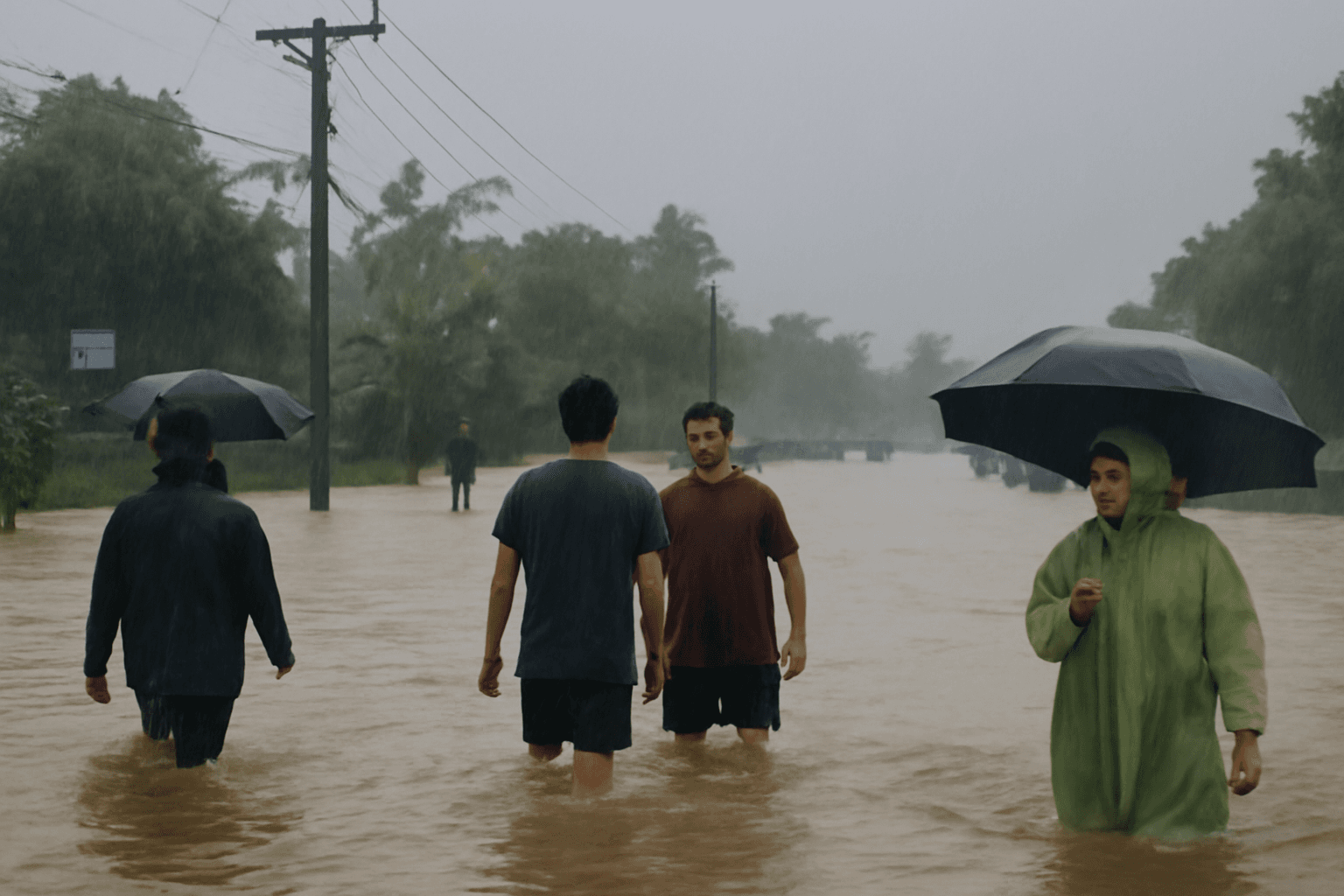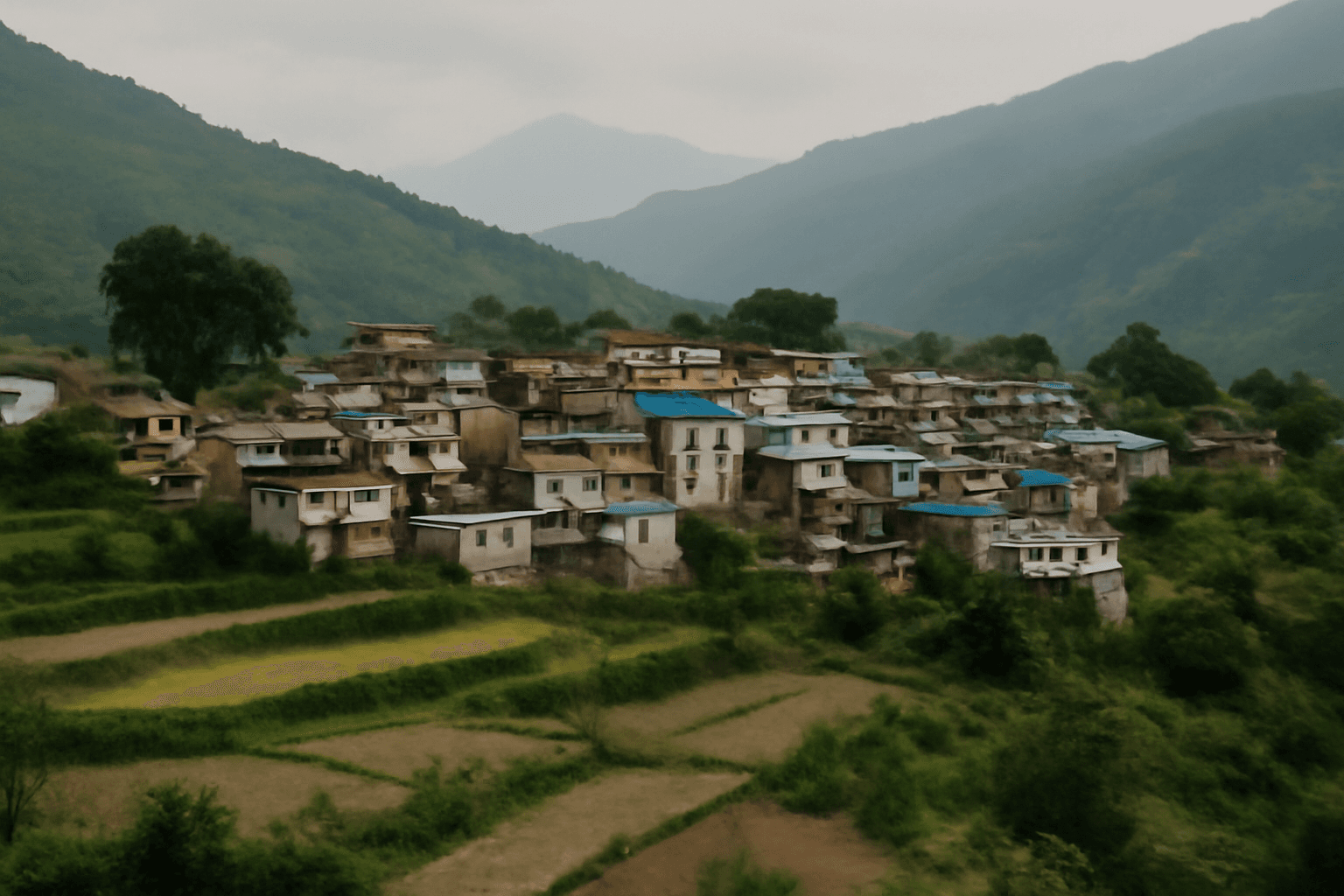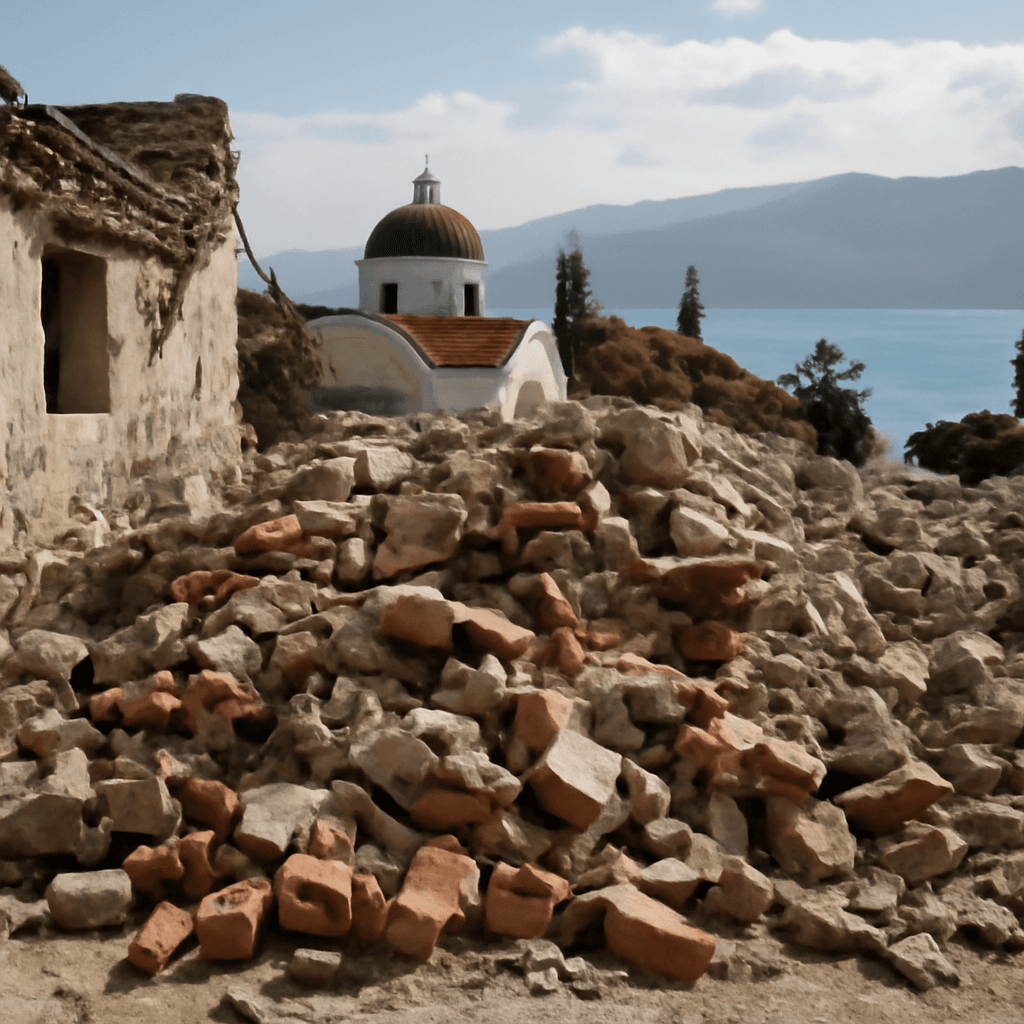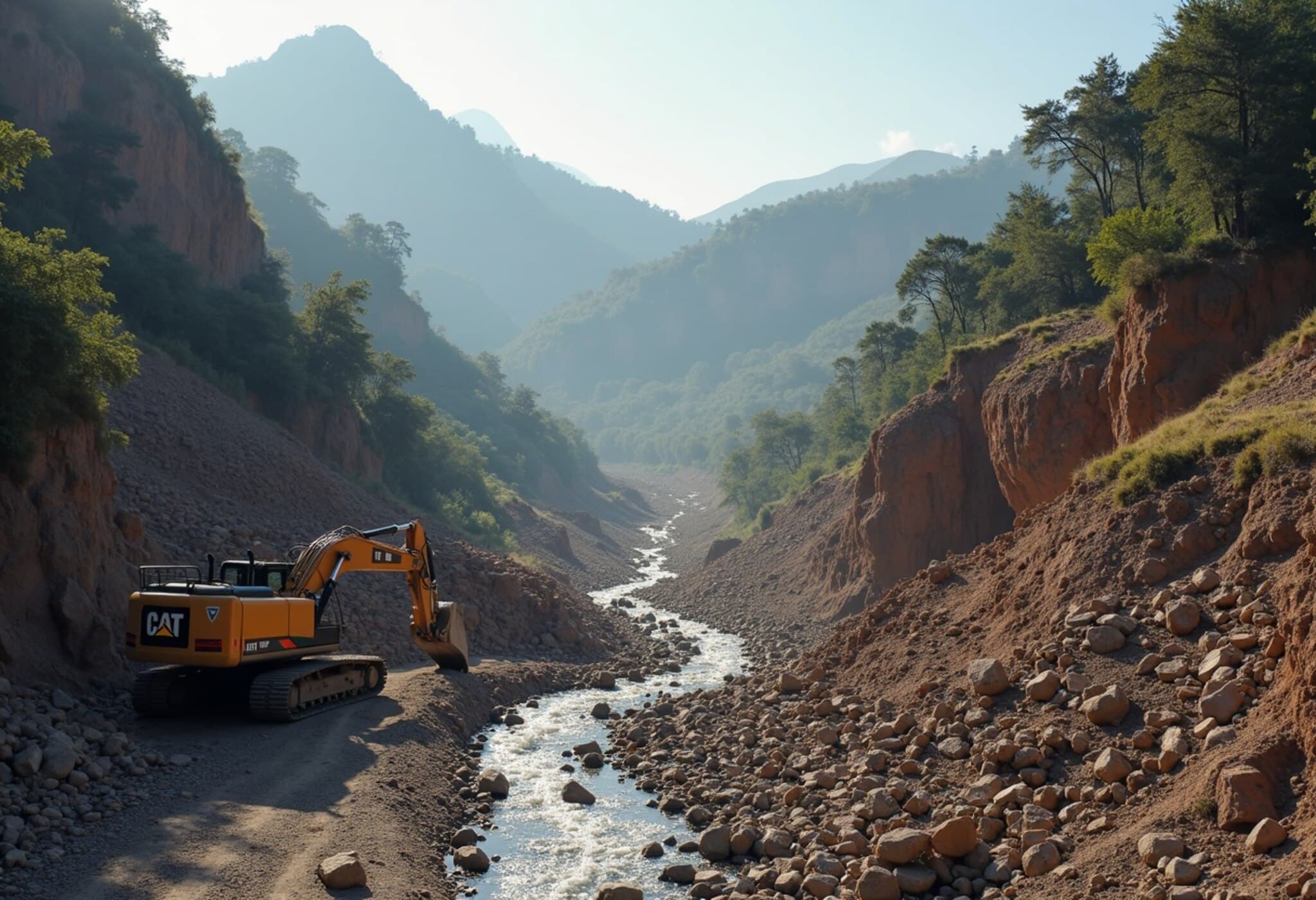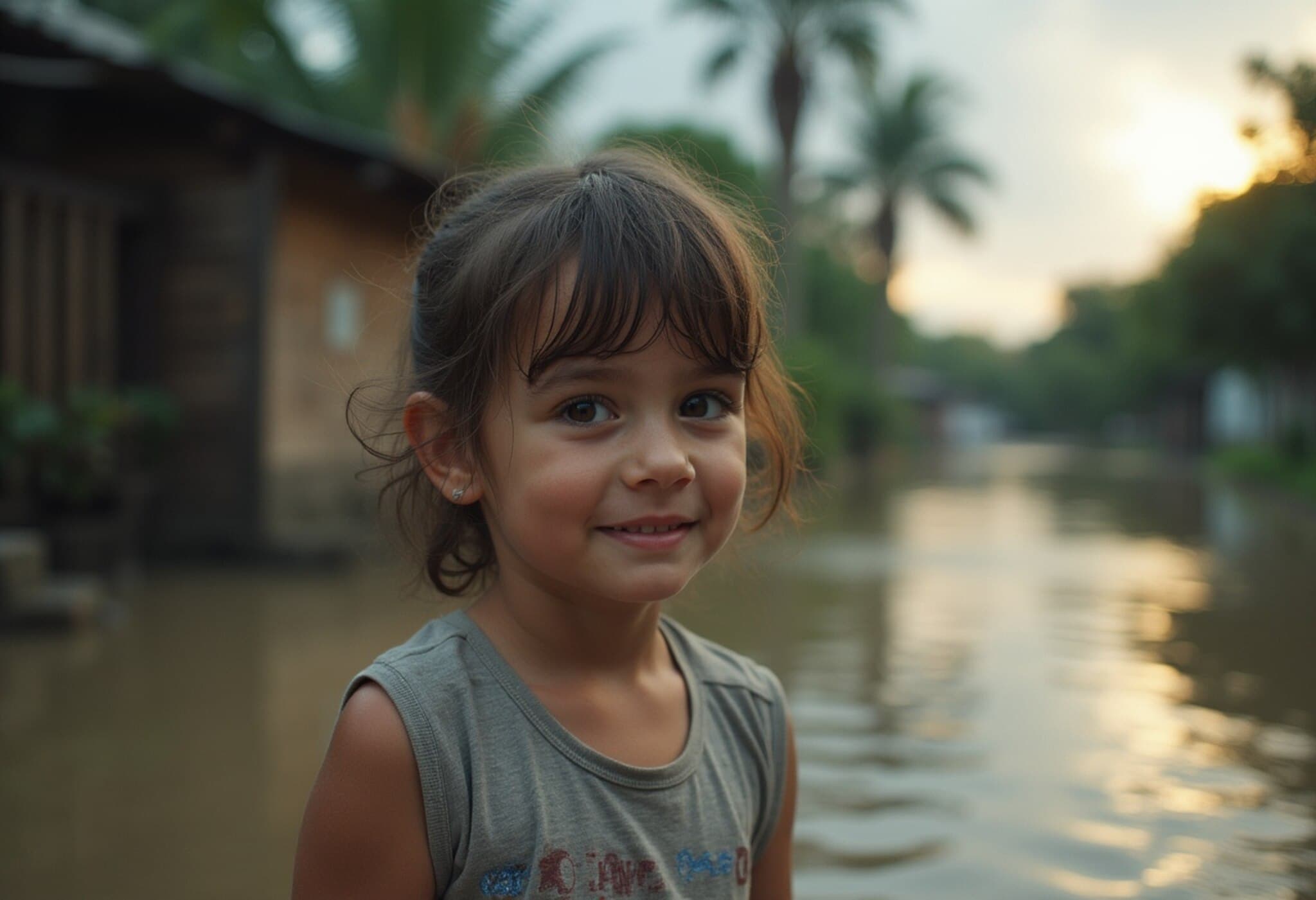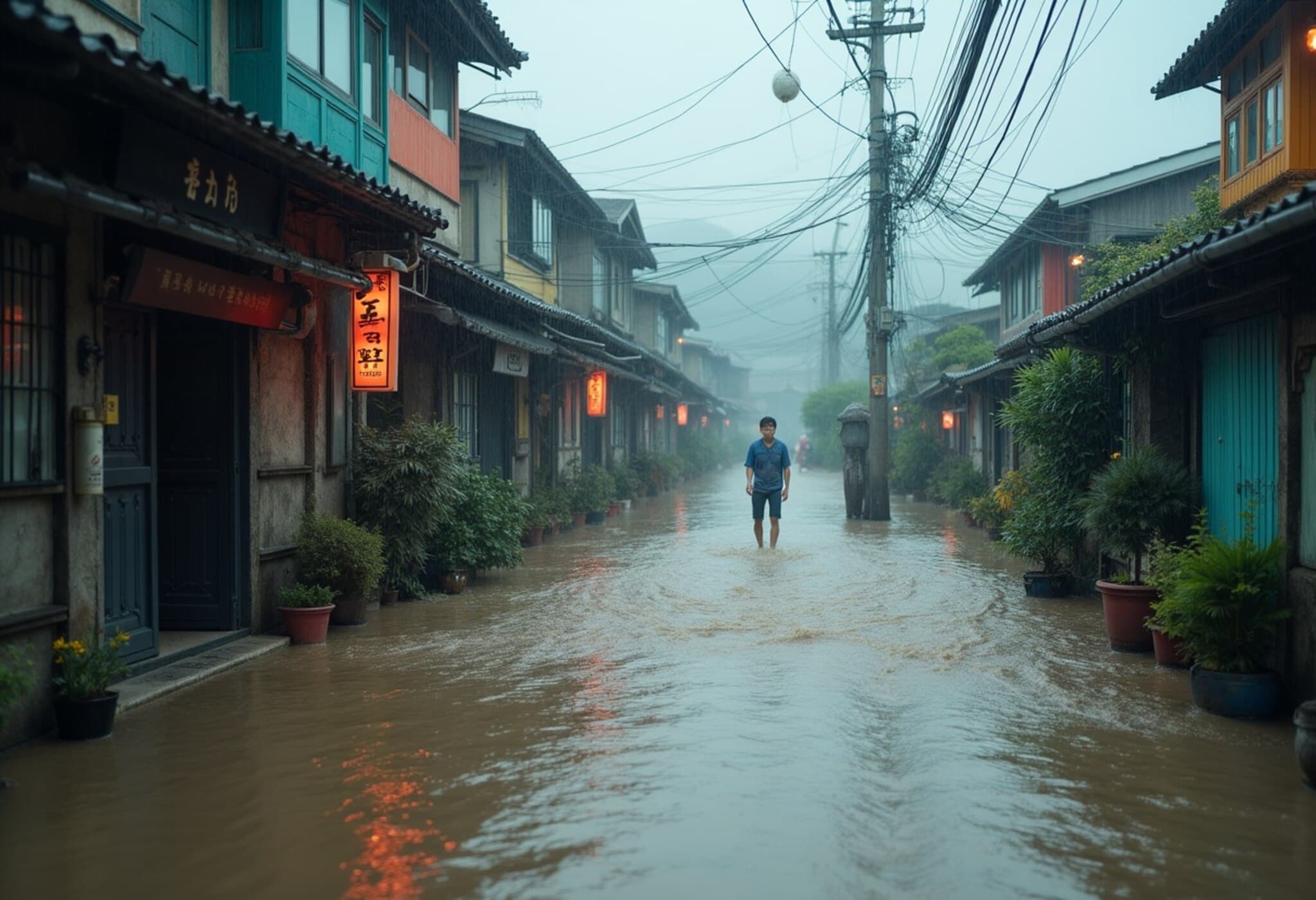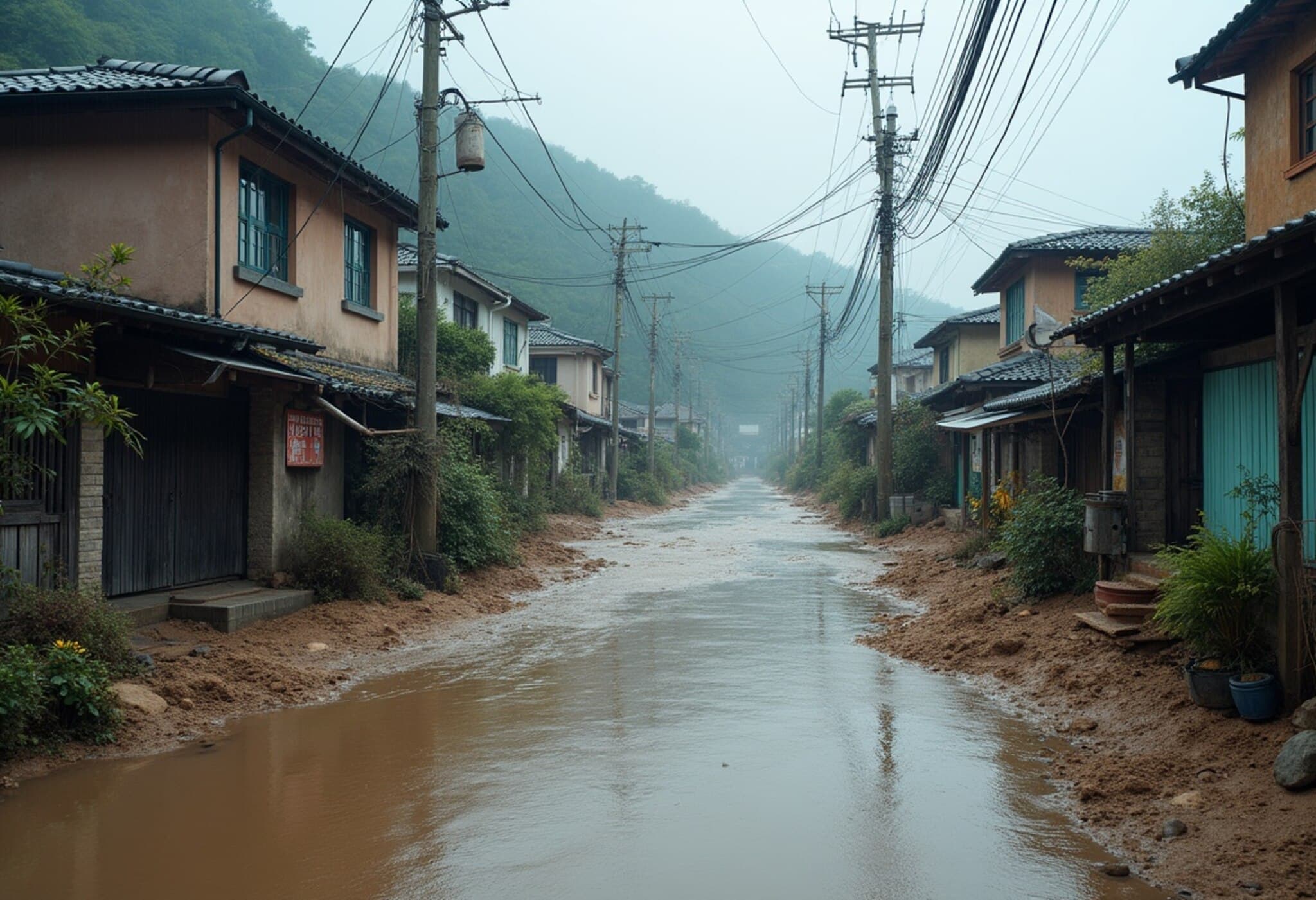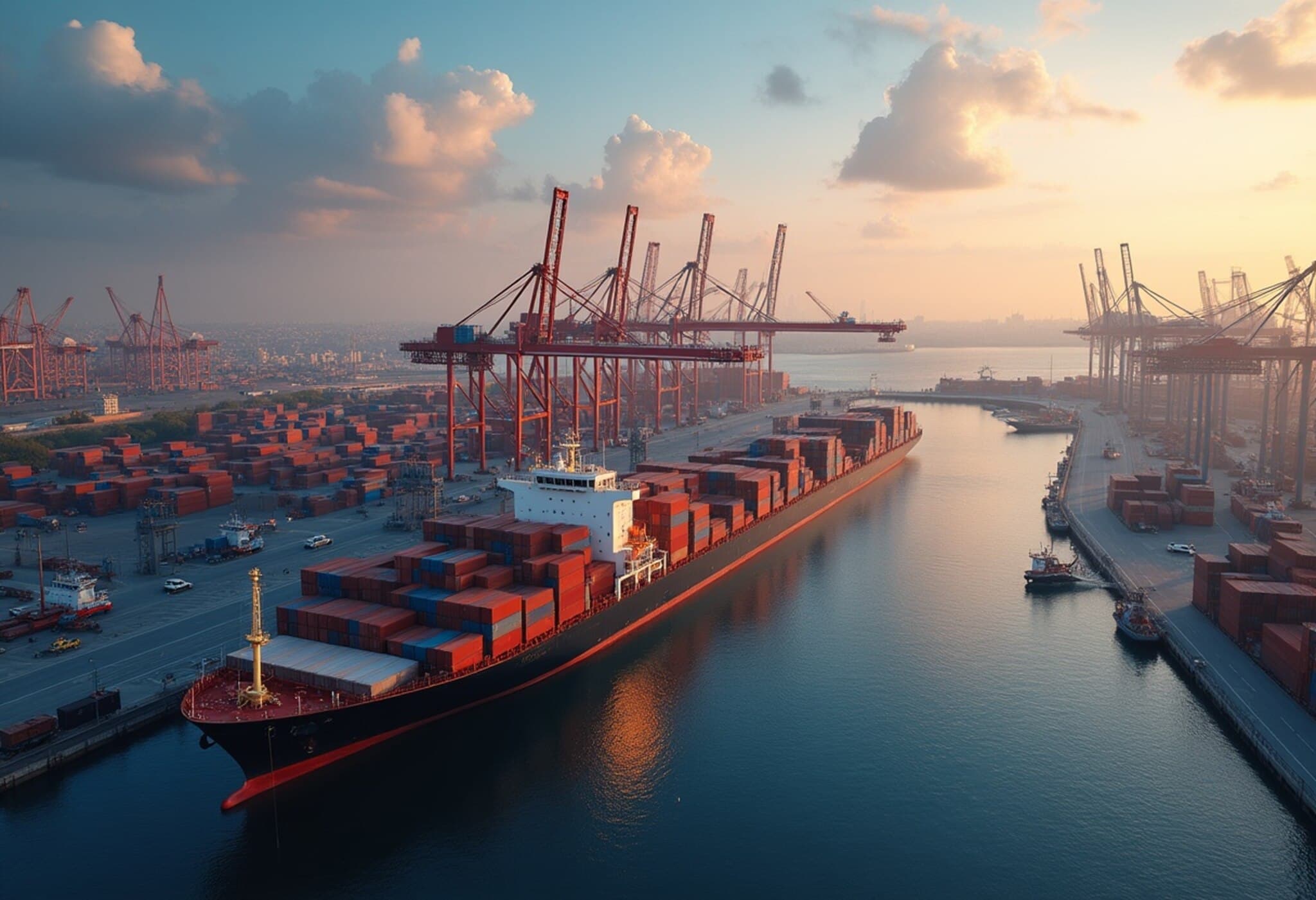Typhoon Co-May Brings 'The New Normal' of Extreme Weather to the Philippines
The Philippines is grappling with the harsh realities of climate change as Typhoon Co-May, recently upgraded from a tropical storm, unleashes heavy rains and strong winds across northern Luzon. This latest storm follows relentless monsoon downpours since July 18, which have tragically claimed at least 19 lives and left 11 people missing across the archipelago, according to the National Disaster Risk Reduction and Management Council (NDRRMC).
Government Response: School and Flight Disruptions
Officials have preemptively suspended classes throughout Luzon through Friday, and the Civil Aviation Authority of the Philippines reported the cancellation of approximately 70 domestic and international flights on Thursday alone. These measures come as communities on the typhoon’s projected path brace for landfall, forecasted to hit the western coastline near La Union or Ilocos Sur by Friday morning, with winds reaching up to 120 kilometers (75 miles) per hour.
President Marcos Calls for Climate Adaptation Amidst Escalating Disasters
Addressing the nation during a televised cabinet briefing, President Ferdinand Marcos described this escalating frequency of natural disasters as "the new normal". Emphasizing the imperative for long-term adaptation strategies, he remarked, “This is not an extraordinary situation anymore… This will be our lives no matter what we do.”
Marcos further highlighted the need for comprehensive preparation, citing global parallels such as devastating floods recently seen in Texas. "We have to understand that the climate has changed, the rain patterns have changed," he stressed.
Communities Face Worsening Floods and Rescue Efforts
Manila and surrounding provinces have been especially hard-hit, with tens of thousands evacuated due to waist-deep flooding. Many remain displaced, unable to return home amid ongoing rains and the looming threat of additional storms. Rescue teams continue operations, utilizing boats to reach stranded residents.
Ria Mei Pangilinan, a rescue coordinator in Manila, spoke frankly about the situation: “We cannot send them home yet because it is still raining, and more typhoons are expected to affect the country. There might be more evacuees if the rain does not stop.”
Contextual Insight: The Philippines on the Frontlines of Climate Change
The archipelagic nation, situated along the Pacific typhoon belt, regularly faces severe weather challenges. However, experts warn that climate change is intensifying these events, leading to stronger storms, erratic rainfall, and rising sea levels that exacerbate flooding.
From an economic perspective, such disruptions inflict heavy costs on communities and the national economy, with infrastructure damage, loss of productivity, and strained government resources. The repeated upheavals also amplify social inequalities, as vulnerable populations often suffer the most.
Given the Philippines’ strategic importance in Southeast Asia and its massive population centers like Manila, policymakers are urged to fast-track resilient infrastructure investments and disaster preparedness programs rooted in scientific forecasts and community engagement.
Questions and Challenges Ahead
- How can the Philippines balance immediate disaster relief with long-term climate adaptation and urban planning?
- What role should international cooperation and climate financing play in supporting vulnerable nations facing escalating weather extremes?
- How can media coverage better highlight the human stories behind statistics to galvanize public awareness and policy action?
Editor’s Note
Typhoon Co-May’s disruption underscores a sobering reality: climate change is no longer a distant threat but a present challenge reshaping daily life in vulnerable regions like the Philippines. As President Marcos aptly describes, this might well define "the new normal" for years to come. Readers should consider how adaptive strategies can be integrated into broader development goals, emphasizing resilience not just against storms but against growing climate uncertainty. Moving forward, it’s critical to address both the immediate humanitarian needs and systematic policy reforms that can reduce risk and protect livelihoods on this climate frontline.

